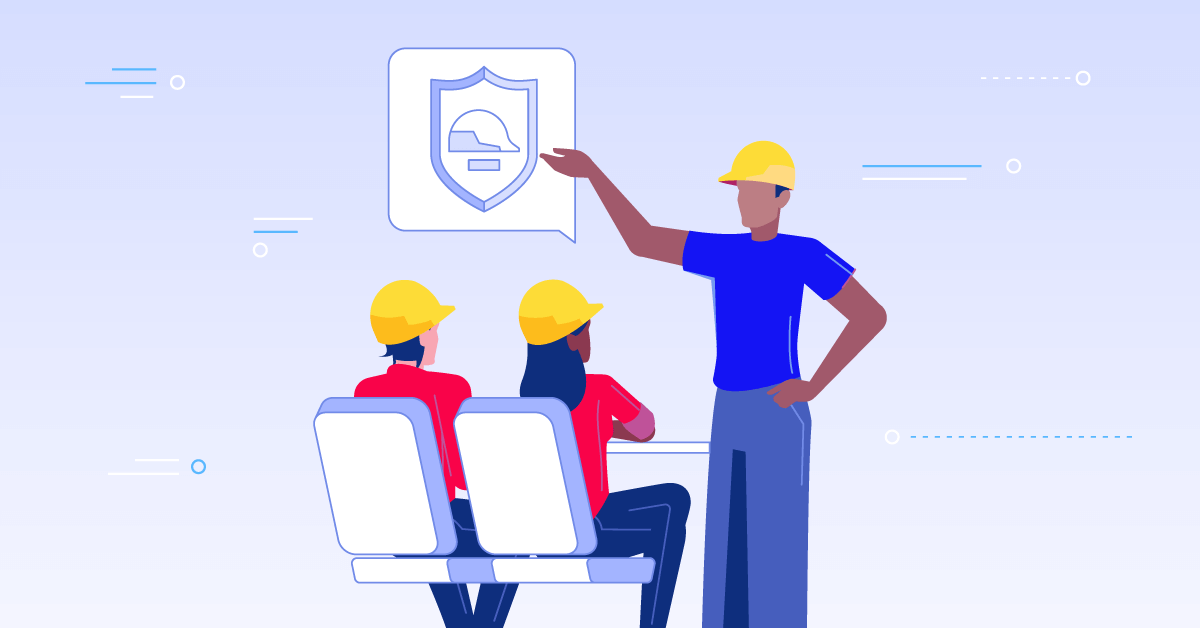Learning Interface Design is redefining the way individuals in schools, universities, and businesses utilize learning objects, apps, multimedia materials, games, and training tools.
With the unique interface experience requirements of diversified users and their devices, we will soon find an additional team member working with us towards an eLearning course.
Learning Interface Design (LID) experts will soon advise subject matter experts and instructional designers to create compelling learner interface designs. With time and substantial user feedback, we will be able to perfect interface design for learning.
Learning occurs in informal ways in an online environment, not at all like the learning that occurs in more traditional environments. Learning happens as a casual activity that is a part of other daily tasks. Successful eLearning programs will be the ones with wider and more efficient accessibility, higher downloading speed, precise and complete knowledge in bite-sized chunks.
How to Create Successful Learner Experiences?
Ask two questions the next time you are working on an online course: was I able to learn something despite the way this course was designed, or because of it? How could this experience be improved?
When you become objective about your eLearning surroundings, you officially enter the User Experience (UX) and LID domain and actually start working on the interface design for learning that will feel just right.
The learners of today do not even have five minutes to spare! They are busy juggling multiple lives. When they browse the web for learning, they prefer an experience that is influenced by the device, software, and website platforms. And they are looking for similar experiences.
Learners are looking for personalized and engaging interfaces with clean visual designs. They also need to find what they need quickly, right when they need to use it.
Learning Interface Design Skills Required for 2016
• Commit to professional development on user experience (UX) to improve your existing learner interface design.
• Design and publish learner programs that are adaptable to all varieties of devices. Making an eLearning output that works well on smartphones does not mean it would work well on a tablet, a laptop or a desktop. Make usability testing a priority.
Learners now own a host of devices that they use for different reasons. Your eLearning program should be available for all devices.
• Try to enroll in widely available User Experience (UX) courses to stay abreast with the current learner interface demands. Also, check out some of the many and excellent UX specialists blogs.
• When designing an eLearning experience, seek the advice of LID and UX specialists. It will help your team to understand the core learning content, the structure of the presentation and how to put together an intuitive learner experience.
• Use wireframes and storyboards into your development process. This will make UX design a priority. Use the wireframes to test with sample learners to get critical feedback for your eLearning development process.
By making UX an important consideration, you are ensuring that your learners achieve their learning outcomes and are eager to get started on the next eLearning course.
• Build learning ecosystems. Technology has enabled more robust learning solutions and systems. By definition an ecosystem is “everything that exists in a particular environment”.
An eLearning ecosystem is all things eLearning! This includes eLearning courses, instructor-led training (ILT), virtual instructor-led training (VILT), mobile learning, social learning, performance support, online and offline resources, communities of practice and everything else.
• Create multiple solutions for an eLearning situation. Name each solution uniquely and rotate their use to keep your courses interesting. Create job aids, performance support, infographics and social support templates. And don’t forget to ask your employees what works better for them.
By incorporating these practices in your Learner Interface Design, you can be confident that you are creating truly useful eLearning solutions for 2016.
Creating a compelling Learner Interface Design (LID) is all about brushing up your UX skills. It is also about interacting more with the learners in the form of surveys and interviews to get to know more about their eLearning experiences.
Figuring out what is best suited for your employees is the key to achieving excellence in LID.
References
Learning & Performance Ecosystem 2016 conference.
Jesse James Garret: Experience design and information architecture resources


